Raven Rock Mountain Complex
The Cold War-era "underground Pentagon" is a sprawling subterranean hideaway for the Defense Department.
Take a slight detour off Pennsylvania Route 16 near the Maryland state line and you’ll notice the rolling farmland and bucolic rural homesteads give way to a double wall of razor wire, with tall antenna masts visible atop the hillside beyond.
Officially referred to by a handful of monikers including the Raven Rock Mountain Complex, Site R, and the Alternate Joint Communication Center, the facility was best described by the local press half a century ago: the “Underground Pentagon.”
Blasted out of solid greenstone from 1951 to 1953, the sprawling subterranean hideaway was designed to give the Department of Defense a place to regroup in the event that a nuclear weapon destroyed their Pentagon headquarters in Arlington, Virginia.
Raven Rock is hypothetically a self-sufficient community, with two underground reservoirs, a power plant, food reserves, and its own fully stocked bar. The tunnels also house several three-story freestanding buildings that would have accommodated a few hundred high ranking Cold Warriors.
The idea of an “alternate seat of government” was first proposed by the National Security Council in 1949, and work was soon underway beneath the Blue Ridge Mountains that ring the east coast of the United States. Construction was contracted out to the Parsons Brinkerhoff firm because of their past performance expanding the New York subway system. The initial cost of an estimated $35 million equates to more than $350 million in 2018 dollars.
A DOD study obtained by George Washington University notes that “The plan was that the Battle Staffs of the service headquarters would evacuate the Pentagon as soon as an attack was confirmed, go to [Raven Rock], and there assume control.”
Raven Rock was very much a product of its times and reflects an obsession with all things decentralized, redundant, and underground. Access beyond the perimeter fence is highly restricted, but many are surprised to learn that there is nothing secretive about the facility itself. Local press covered the construction project extensively in the 1950s, and the Department of Defense regularly posts new contractor solicitations on their FedBizOpps database.
Raven Rock has only seen emergency use one time in its history, when Vice President Dick Cheney was evacuated there on September 11th, 2001. The bunker may seem anachronistic in an era of asymmetric warfare, but it is still fully staffed and operational… a white elephantine relic of the Cold War.
Know Before You Go
You're perfectly within your rights to drive up to the barbed wire or take a picture from afar of the communications antenna.


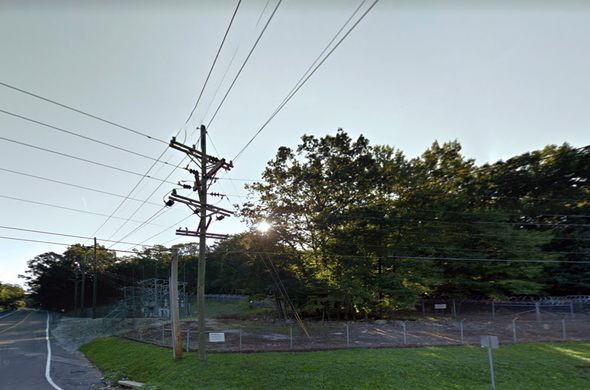










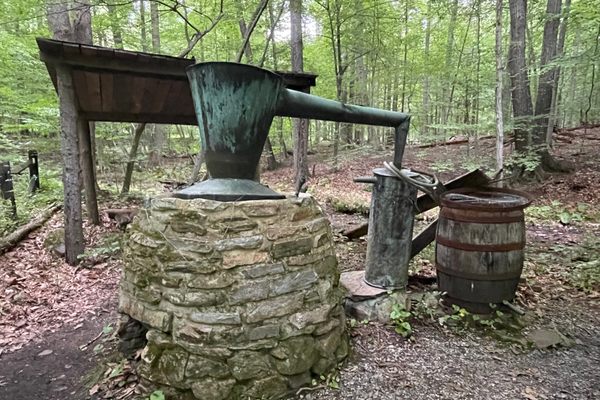
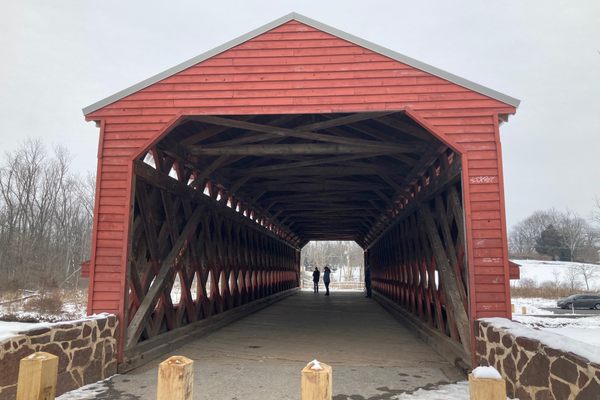
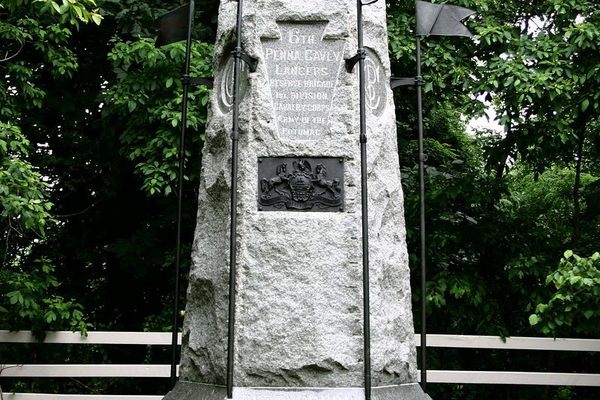
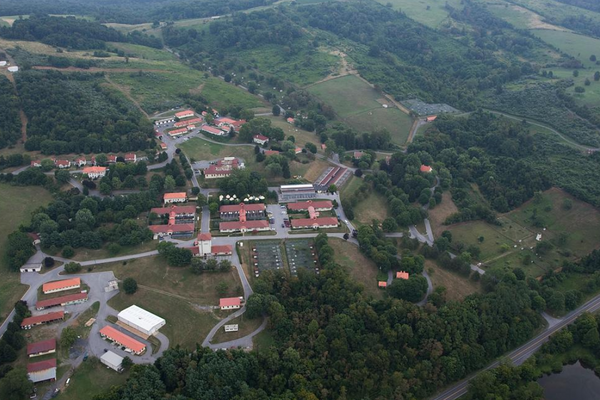
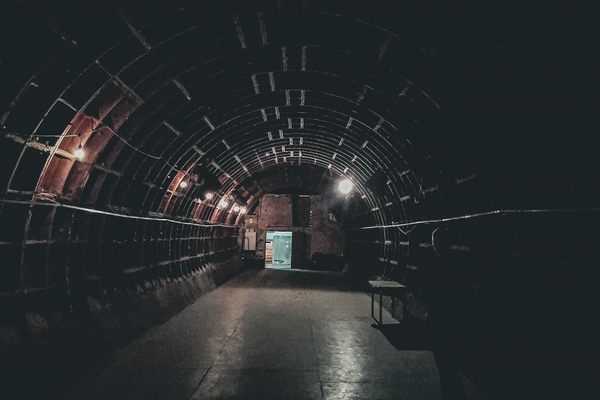



Follow us on Twitter to get the latest on the world's hidden wonders.
Like us on Facebook to get the latest on the world's hidden wonders.
Follow us on Twitter Like us on Facebook